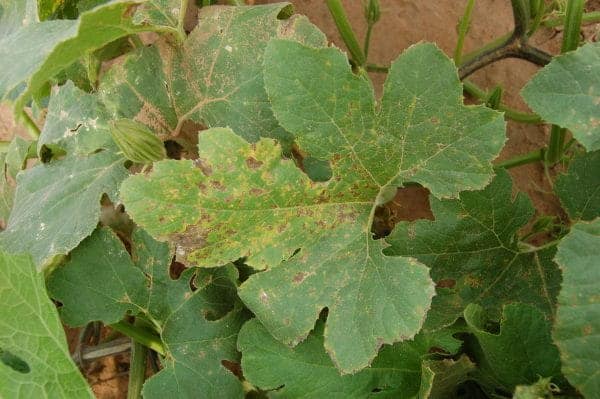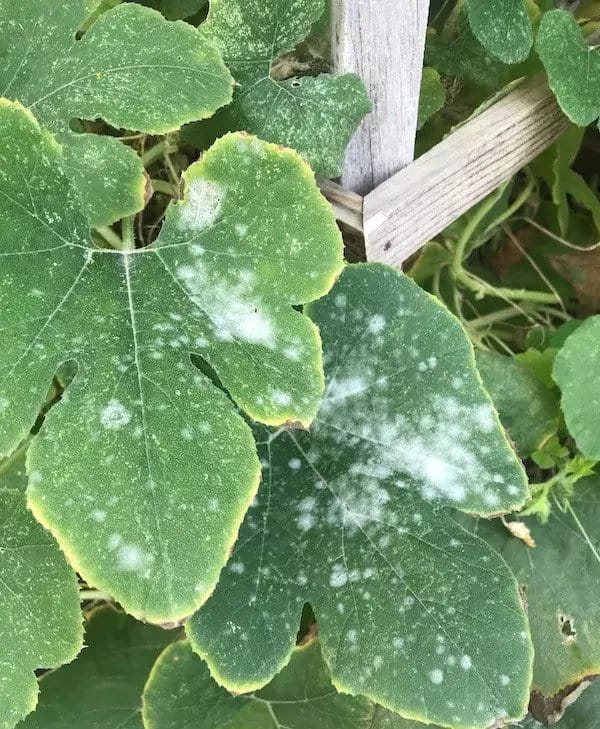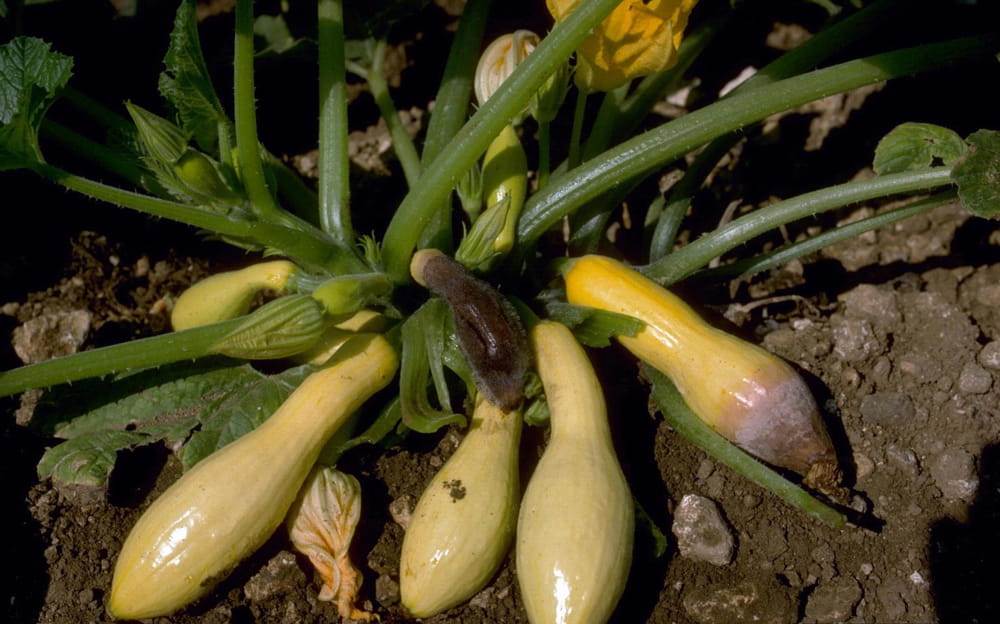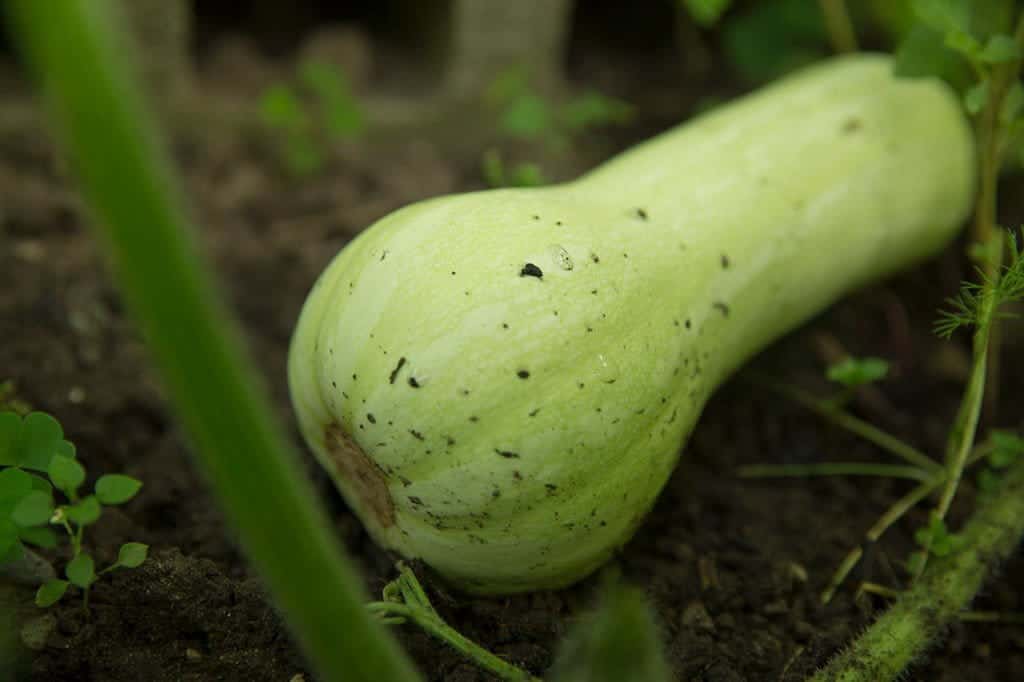Butternut squash growing problems – How we can fix that?
Butternut squash is a nutrient-dense vegetable. Iron, potassium, phosphorus, water, vegetable protein, glucose,.. linoleic fatty acids, and vitamins C, B1, B2, B5, B6, and PP are all found in butternut squash. Butternut squash is good for the brain, increases immunity, keeps the heart healthy, keeps the eyes bright, improves sleep, and supports skincare, beauty, and weight loss…
There are numerous uses for Butternut squash, thus every household should attempt to cultivate this squash in their yard to facilitate processing and assure food safety for their family. Butternut squashes are cultivated in a variety of locations, and growing and caring for one is not difficult, but your plant is not growing.
So, what’s the problem? The causes of your butternut squash not growing and how to fix it are discussed in the following article.
Butternut squash growing problems?
Even though butternut squash is simple to cultivate, you need to be aware of the reasons why it won’t grow. Below are the common diseases of butternut squash that we have collected.
1. Bacterial leaf spot
Bacterial leaf spots can affect a variety of cucurbit crops, but butternut squashes have been particularly hard hit.
When butternut squashes are produced under sprinkler irrigation and for the second year in a row in the same field, the problem is the most serious.
When the disease is severe, it defoliates the vines, but the fruit spots are the most problematic since they diminish the marketability and storage ability of the fruit. In badly damaged fields, the disease can cause losses of nearly 100%.

During hot and humid weather, leaf symptoms show as little tan spots on crown leaves. The appearance of leaf spots varies, and they may or may not be encircled by yellow halos.
Water-soaked leaf patches are common on the lower leaf surface. Spots gradually combine and kill entire leaves or huge sections of damaged leaves, with tan discoloration extending into petioles.
Fruit spots are small, tan circular patches with black, water-soaked edges that are about 1/8 inch in diameter. Fruit spots become depressed, cracked, and can grow to a diameter of more than 12 inches. Fruit rot in the field or later in storage can be caused by germs in the flesh.
The illness is transmitted by seeds, and it is most likely spread through contaminated seeds. It lives from year to year on old agricultural leftovers and is more likely to survive on soil surface residue.
Splashing rain, sprinkler irrigation, and wind-driven aerosols are all ways for the disease to spread. High soil moisture and humidity encourage infection by opening leaf pores, which serve as natural entry points for infection.
The best way to prevent bacterial leaf spots is to avoid introducing the infection into fields on the contaminated seeds. However, there is no pathogen-free seed certification, and no seed treatments for bacterial pathogens have been produced for butternut squashes.
Seeds from symptomatic fruit should not be saved. Plantings should be alternated for at least three years for non-cucurbit crops.
Infested crop residue should also be integrated into the soil as soon as possible after harvest. Spraying bactericides like copper as a preventative measure could be beneficial.
2. Mildew with a powdery appearance
In Oklahoma, powdery mildew is the most frequent foliar disease of butternut squashes and squash. Premature defoliation is a symptom of the illness, and it lowers plant yield and fruit quality. Powdery mildew can also weaken jack-o’-lantern handles by killing the vines too soon.
Powdery mildew appears as little regions of whitish, powdery growth on the oldest leaves. Mildew can appear on the upper or lower surfaces of the leaves.
Powdery growth gradually spreads to cover the majority of the leaf surface. Leaves that have been affected will eventually wither and perish. Sunburning, premature ripening, and poor-quality fruit are all consequences of extensive defoliation.

Powdery mildew epidemics start with spores in the air that land on plants. In dense plant canopies, the illness usually occurs after flowering.
Cloudy weather, warm to hot temperatures, and high humidity encourage the disease, yet the fungus can infect leaves at as low as 46% relative humidity.
Powdery mildew does not require wet conditions to grow. The mildew produces a large number of spores, which causes the illness to spread quickly once it has established itself.
Resistance to powdery mildew is best obtained with newly developed resistant butternut squash and squash types.
The resistance isn’t comprehensive, but it does help to delay and halt disease progression. Although fungicide-based preventive spray programs can be successful, the fungus can quickly develop resistance to specific fungicide groups if they are employed often.
Within a spray program, it’s critical to rotate products with distinct modes of action. Sulfur fungicides are excellent against powdery mildew and are allowed in organic farming.
3. Pseudomonas solanacearum
Normally growing plants wilt while the leaves are still green, which is the most common symptom. The withering phenomena occur during the day while the sun is shining, the tree grows green again at night, and the plant dies after 2-3 days.
The vessels of the sick plant are dark brown when cut cross-sectionally. You can detect milky white bacterial droplets if you cut the stem of the infected plant and put it in a cup of water.
How to prevent: Alternate with other plants or wet rice for a change of pace. For 25 minutes, soak the seeds in 122 degrees F water. Use disease-free seedlings purchased from nurseries.
4. Choanephora cucurbitarum

The fungus Choanephora cucurbitarum is the main cause of fruit rot on butternut squash.
The blossom is initially covered in a covering of white fungus that turns black over time. Flowers and fruits that come into contact with the ground after that are prone to illness.
The fruit becomes soft and rotting due to the covering of black fungus that covers it. Insects, irrigation water, and wind disseminate the fungus from plant detritus to other blooms.
How to prevent: Pruning and removing withered yellow leaves on a regular basis is vital to establish a well-ventilated platform for butternut squash growth, reducing the spread of fungal diseases. When a tree develops fruit rot, it should be cut down as soon as possible to prevent the illness from spreading.
Read more: How Many Butternut Squash Per Plant?
5. Diseases from bugs
Here are the types of insects that you need to pay attention to prevent your plants. It is the cause that directly affects the growth of the plant.
Vine borers
Vine borers are a typical garden pest that may cause a lot of trouble. They will eat summer and winter squash, as well as cucumbers and butternut squashes. They will burrow into the main stems of your butternut squash plants at the base, sucking out the fluids and consuming the plants.
They will continue to devour your plants from the inside out once inside the stems. Often, this damage is not discovered until it has already caused significant and irreversible damage.
The squash plant will wilt, shrivel, and die as a result of the unexpected slowing of its growth. When a plant begins to wilt, many backyard vegetable gardeners assume it is due to a lack of water.
You’re dealing with vine borers if the plants continue to droop after a thorough soaking. At the base of your plants, you’ll discover something that looks like a small amount of sawdust. There are a number of products on the market that might help you avoid becoming infected with vine borer.
These products must be used before your butternut squash plants become affected. When the stems of our squash plants are almost as big as a pencil, we spray them with a modest bit of spray.
Check the labels of Diazinon-containing products to ensure that they are effective against squash vine borers. Follow the instructions provided by the manufacturer. The majority of these insecticides can be used as soon as the seedlings emerge.
You’ve probably lost the battle if the plants are continually wilting. It’s preferable to pluck the plants out of the garden at this stage and start over with new seeds.
Squash bugs
Butternut squash infections are spread by squash bugs, a widespread pest. They are normally gray or brown in hue, while some are nearly black in color.
Squash bugs are roughly the size of a dime and tend to move in groups. Although they normally lay their eggs on the underside of the leaves, they will drain the juices from the plant and attack the squash itself.
It’s much easier to avoid a squash bug infestation than it is to treat one. Many of the same chemicals that keep vine borers and cucumber beetles at bay can keep squash bugs away as well.
Spraying can begin as soon as the seedlings appear. You should have the problem under control by the time the flowers develop and the plants begin to set fruit.
The majority of these insecticides may be found in most garden centers and should be used according to the manufacturer’s instructions.
Soap sprays are also available if you’re trying to grow organically. Keep your garden free of weeds and other plant detritus as well. To keep pests away, cover the stems of the butternut squash plants with cardboard tubes.
Final thoughts

Butternut squash growth can be hampered by a variety of illnesses. We’ve listed them all above, along with the best way to fix them. I hope the information in this article is valuable to the readers.